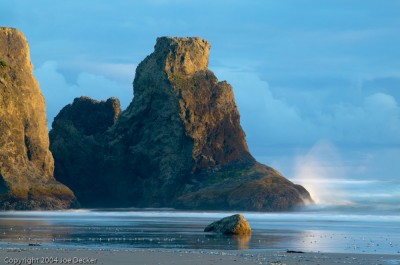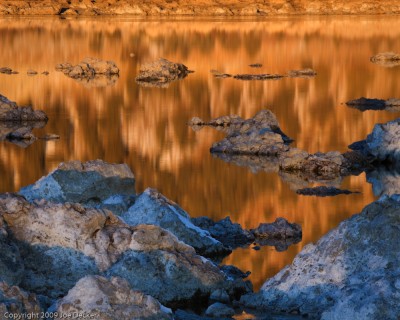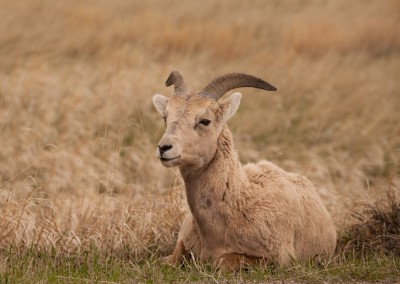Favorite iPhone Apps for Photographers
I travel a fair bit. And like many photographers, I’ve grown to love some of the benefits that come from having a connected PDA in my travels: being able to handle business calls and emails and modest web browsing is a great benefit to me as a travelling sole proprietor. I’ve been using an iPhone 3G for the past year, and I’ve found a handful of useful applications that I’ve come to rely on in my work. Finding these applications can be a bit of a trick, most “iPhone photography” applications are aimed at folks making photographs with the iPhone itself. It can be hard to sort through applications for the rest of us.
For each application, I’ll also note whether the app functions without a connection to the internet. While network coverage continues to increase, in many of the areas where I often shoot, it’s still spotty or non-existent. So, for me, offline usage is a great benefit. (more…)


